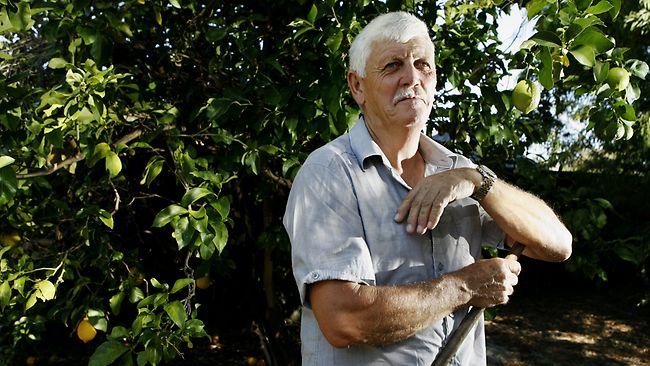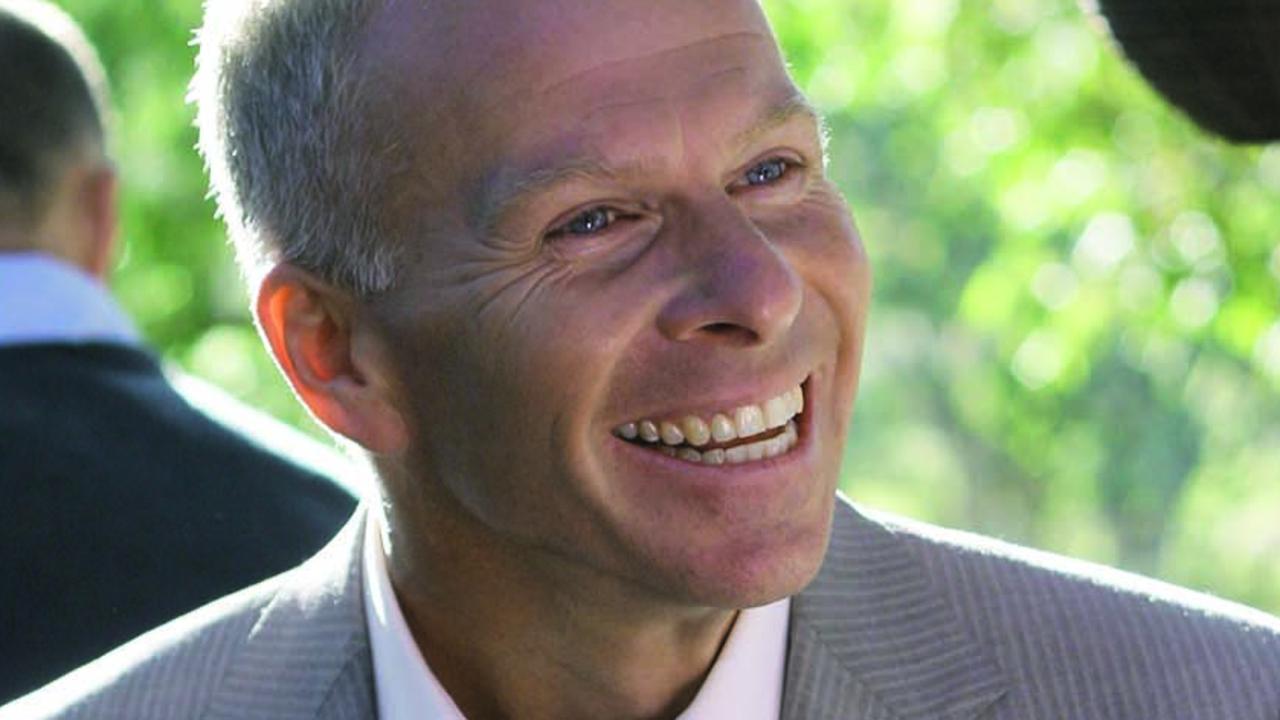Toxic waste 'spread on roads'
A FORMER nightwatchman at the Port Macquarie company accused of dumping contaminated waste claims he saw the material spread on roads.

A FORMER nightwatchman at the Port Macquarie company accused of dumping contaminated waste claims he saw the material spread on roads.
It was spread on roads around the boat repair business, he says.
The allegations came as oyster farmers in the region on the NSW mid-north coast demanded immediate action from the state and local governments to clean up the contaminated land, which was the subject of a NSW Environmental Protection Agency investigation dropped two years ago without any remedy.
The contaminated waste was allegedly dumped on the banks of the Hastings River by Birdon Group, then owned by local businessman Jim Bruce, a major campaign donor to local independent MP Rob Oakeshott.
The Australian revealed this week that Mr Oakeshott intervened in the investigation, meeting a key witness and EPA officials. Mr Oakeshott has confirmed getting involved as a local member but says he acted appropriately at all times.
The EPA launched its investigation of the alleged dumping of up to 10,000 tonnes of waste containing the toxic chemical tributyltin, which can kill shellfish, in 2006 but dropped it two years later after receiving external legal advice.
The waste remains on site, and negotiations on its appropriate disposal have failed.
Geoff Gant, who worked on the Birdon site about 9km west of Port Macquarie from 1997 to 2004, told The Australian the dumping of anti-fouling waste "wasn't ideal". The material is a by-product of the sandblasting process used to clean boat hulls with TBT embedded in their paint to kill molluscs. TBT has been banned internationally since 2003 and regulations covering its disposal have been in place for decades.
"It was just spread on the roads," Mr Gant said of the contaminated waste. "Whether it should have been taken away, I don't know, but in hindsight it probably should have been. When you sandblast, you get the old paint from the boats and obviously that was contained in the grit. Ideally that should have been disposed of completely. Whether it was I can't say, but obviously a large bit was pushed around."
Mr Gant, who has never been interviewed by the EPA about the situation, said part of his job had been to plant trees around the site up and down the roads. He said Bruce, who died in 2008, was in charge of the company at the time. Efforts to contact current Birdon managing director, Jim Bruce's son Jamie, were unsuccessful but he has said the company had dealt with waste "appropriately".
The EPA investigation was dropped in 2008 after the powerful board followed external legal advice suggesting a prosecution, carrying fines of up to $1 million for corporations and jail terms for individuals found guilty, would not succeed. The board then inquired about whether a lesser prosecution, which did not require board approval, could be attempted. It was told the case could not proceed because the statute of limitations had expired.
Prominent oyster farmer Mark Bulley said yesterday the future of the waste needed to be resolved urgently.
"We have got the credibility of the whole Hastings Valley here," said Mr Bulley, who is on the NSW Farmers Association oyster committee. "There's a duty of care in this. This has to be cleaned up and the site brought back to what it was. I don't want to see this area have a stigma.'
The NSW state opposition, which has referred Mr Oakeshott's intervention in the matter to the Independent Commission Against Corruption, yesterday escalated its attack on the Labor government over the issue. Opposition environment spokeswoman Catherine Cusack described the situation as "a case study in mismanagement by the Keneally government's incompetent EPA". "I have lost all faith in the Keneally government's EPA: it should be independent and effective. This is a tragedy for our environment," she said.
Premier Kristina Keneally defended the department's handling of the issue yesterday, saying it immediately investigated the case when it was first reported and was involved in ensuring the waste was cleaned up to an appropriate standard.
She said the department had required the company to undertake a detailed investigation to determine the actual extent of contamination prior to a clean-up phase. The company's draft remediation plan had been rejected and a new one requested by the department because the first plan did not provide a standard of clean-up "sufficient to afford a high level of protection to the Hastings River environment".
Mr Oakeshott repeated assurances yesterday that he had acted appropriately and did not regret his intervention to resolve a conflict that had been "stuck in the bowels of government for more than a year". He told the National Times website he acted "as a local member should in trying to resolve an issue that is important in regard to pollution in the river".
NSW Greens' MLC David Shoebridge said the real issue was not Mr Oakeshott's intervention but "toxic chemicals dumped in the Hastings River five years ago".


